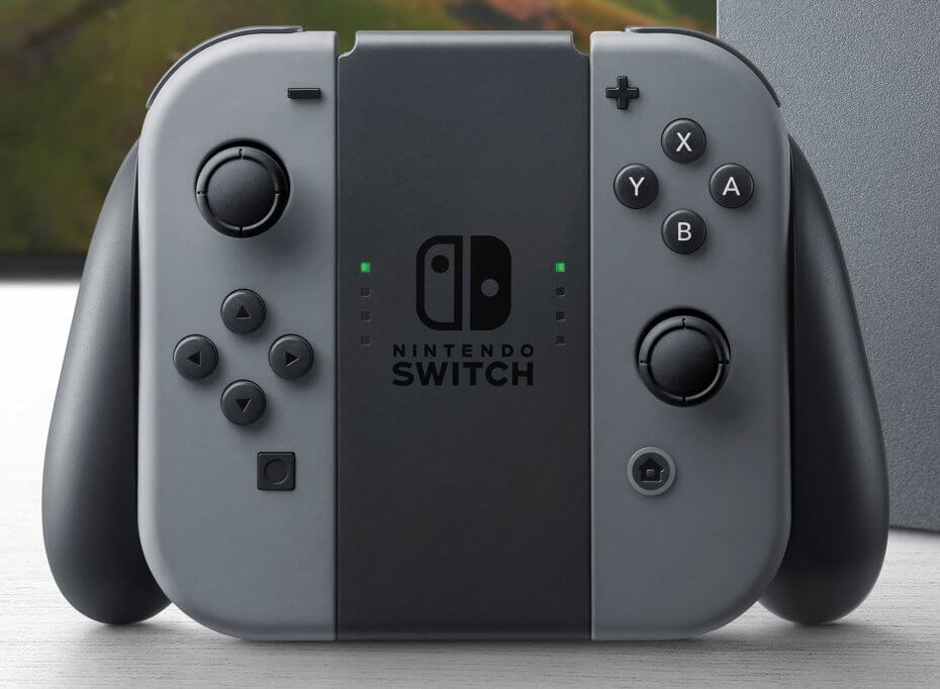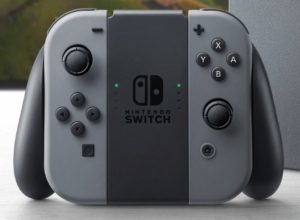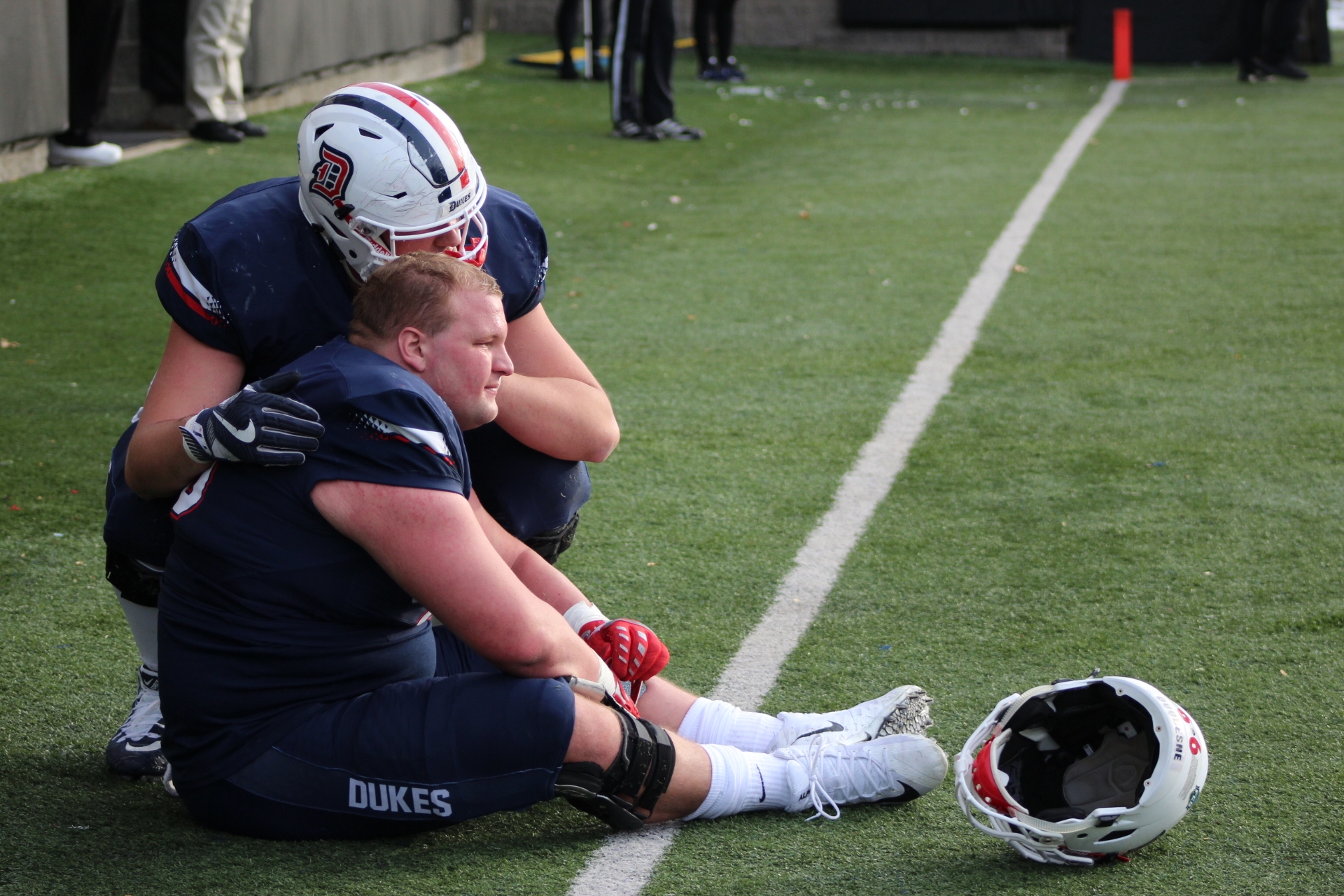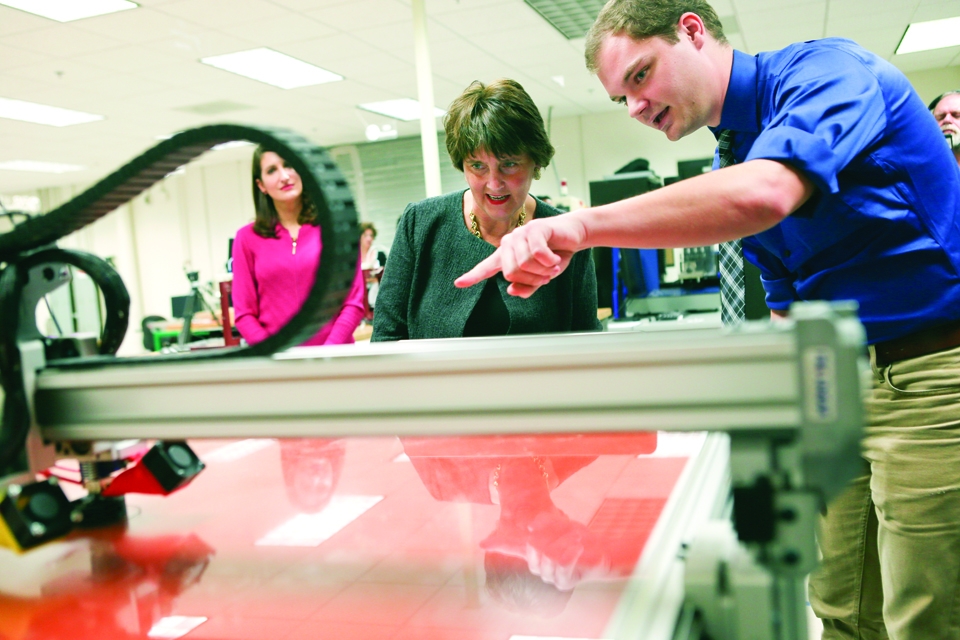

One of the prime selling points of the Switch has been its multiple controller configurations. Unfortunately, none are friendly to disabled gamers.
By Grant Stoner | Staff Writer
My gaming career began on a Super Nintendo Entertainment System. As I’ve grown, so too has my collection of Nintendo consoles and handhelds. Despite my physical limitations, particularly concerning the strength of my hands, I have always been able to play the vast amount of Nintendo franchises, and yes, that even includes titles on the movement-based Nintendo Wii. So, naturally, a console featuring three controller configurations should be beneficial for physically disabled gamers, right?
Not exactly.
For the first time in gaming history, the Nintendo Switch successfully merges the entertainment of a console with the portability of a handheld system. Through the utilization of the Switch tablet, players can seamlessly transition between the television set and a device which resembles a larger version of the Nintendo 3DS XL. As a disabled gamer, the portability is certainly beneficial for my gaming needs. However, the new Joy-Con controllers pose a unique problem that I have yet to encounter with any piece of Nintendo hardware, even with the movement-control based Nintendo Wii.
While the Switch tablet is placed within its dock, gamers can remove the Joy-Con controllers from the system, holding them in a similar fashion to that of Nintendo Wii remotes. With this configuration, I found myself constantly needing to readjust my hand placement, ensuring that I would be able to successfully press various buttons, as well as preventing me from dropping the devices. Unfortunately for the Switch — and my physically impaired hands — the Joy-Con controllers are egregiously small, meaning that it is near impossible for me to even perform basic movement functions within any game, much less high levels of play.
If players find that the individual Joy-Cons are too uncomfortable, the Switch is packaged with a Joy-Con Grip controller. This device resembles a smaller, more rectangular version of a traditional console gamepad. Yet once again, I found myself being unable to properly hold the controller due to its reduced size. It’s too small to be placed comfortably on my lap, and since I lack the strength to hold it within my hands, this configuration is simply not a fesible option for me for any extended period of time.
With only a single arrangement left, the Nintendo Switch has the capability to play every title from the tablet screen. Players simply slide each Joy-Con onto the sides of the tablet, and the entire system becomes a handheld. Thankfully, I had the most success with the system while playing with this configuration. The tablet rested comfortably on my lap, and I rarely struggled to reach the specific buttons. However, the “+” and “-” buttons are placed at an awkward angle, forcing me to contort my hands in uncomfortable positions whenever I needed to pause the game when it should only take a second.
I want to be excited for the Nintendo Switch. For able-bodied gamers, I cannot recommend the system enough. The ability to seamlessly transition between the television and tablet is a unique and exciting experience. However, for those with physical disabilities, the Nintendo Switch is unapologetically inaccessible. With each controller configuration, I found myself becoming more frustrated, forcing me to come to terms with my physical impairments, as well as the fact that I spent upwards of $300 for nothing more than a paperweight. In an age where gaming accessibility is becoming the norm, it baffles me to think that Nintendo could ostracize a significant portion of the community. A system update featuring reconfigurable controls, or even redesigning the Joy-Con remotes would surely benefit disabled gamers. Yet, if these options never come to fruition, the Nintendo Switch should not be purchased by those with physical limitations if they do not wish to waste their money.
The Nintendo Switch launched on March 3 at $300 for the basic model.




